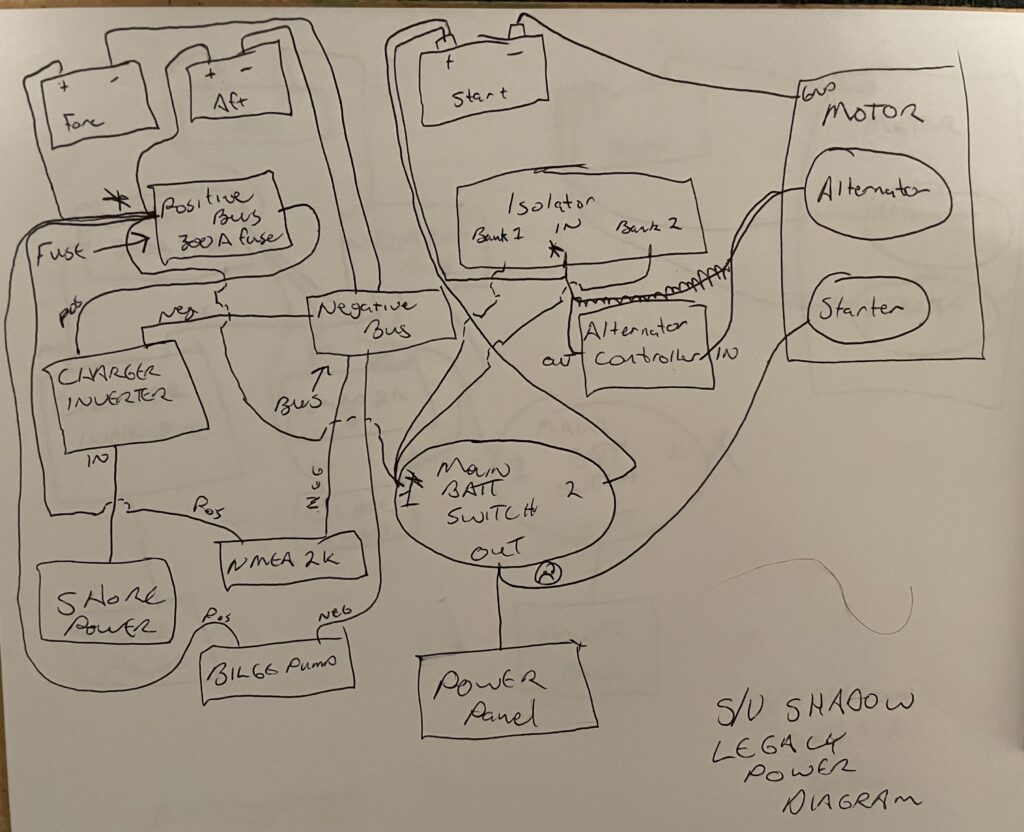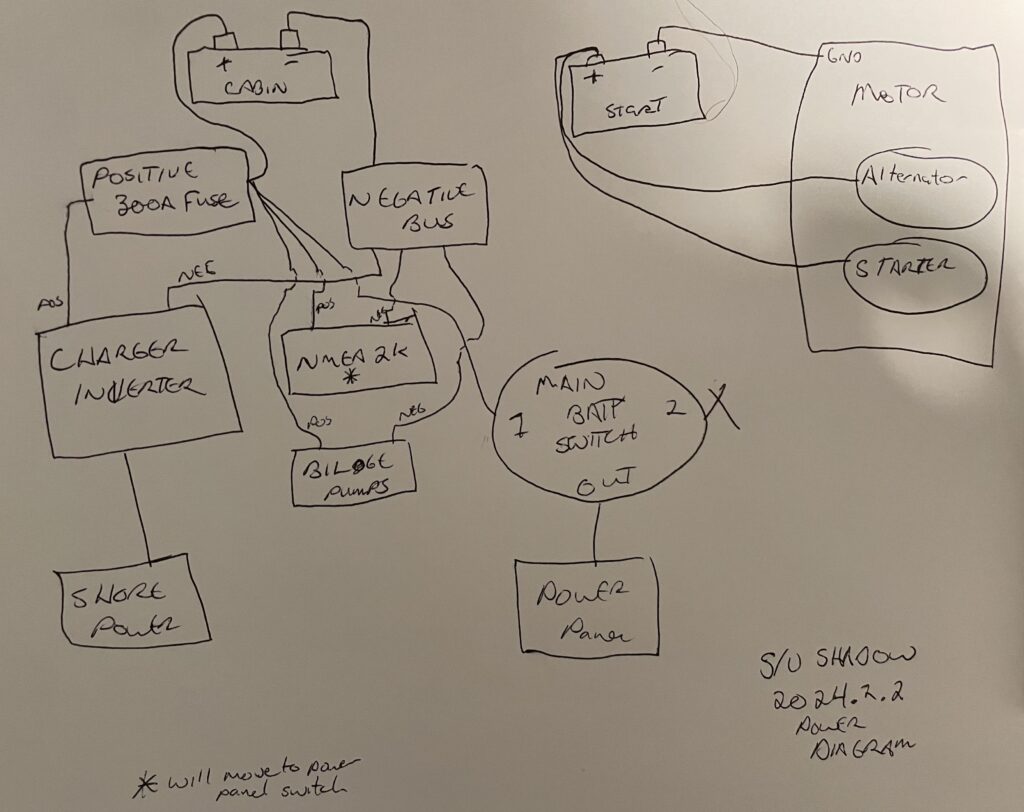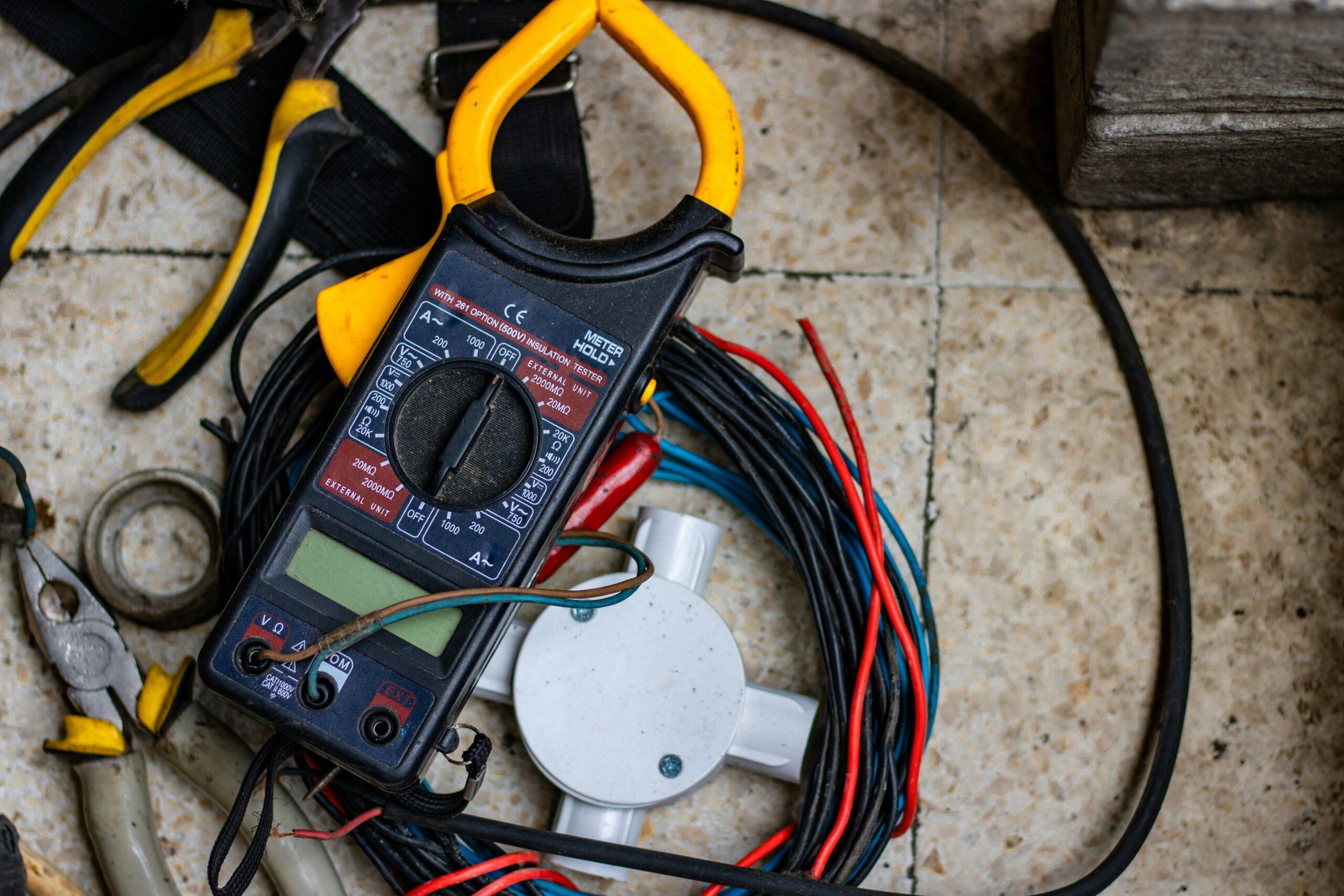Last summer, while doing a raft up with S/V Meili, the aft cabin battery bank suddenly, and unexpectedly gave up the ghost. I had recently performed all the maintenance tasks on the batteries, and believed everything to be good. When I pulled open the aft battery compartment I was horrified to find two bulging batteries, giving their last gasp of life after boiling away all the water they contained.
I was at a loss to explain what happened. The batteries had been full of water at the beginning of the trip. With little hope of revival, I refilled the water, but it was pointless. The aft bank was disconnected, leaving us with only for fore bank to power us through the rest of the trip. Sadly, the fore bank had tried valiantly to keep the aft bank alive and had suffered serious injury itself.
Fast forward many months later…..
Beep! Beep! Beep! The noise was blasting out of one of the boats as I walked down the marina’s dock toward my boat.
Beep! Beep! Beep! Where was that blaring alarm coming from?
Uh, oh. My boat. S/V Shadow was screaming for her life. The fore battery bank had finally given up the ghost, and in the process was sitting there boiling itself to death, as the charger valiantly fought to keep it on life support.
Time to bite the bullet and build a couple new battery banks.
After chatting with an off-grid buddy in Colorado, I decided to make the big jump into lithium batteries. Specifically LifePo4. The batteries now are actually cheaper than lead acid, and all 100% of the power can be used, vs only 50% (on a good day) in lead acid. That meant I could go from 4 lead acid to 1 lifepo4 battery!
Lithium batteries have much different charging and discharging characteristics than lead acid batteries do, so it took a considerable amount of planning to determine what setup to go with. In the end, I decided to go with a single lithium battery, and a BMS (Battery Management System). Charging while underway will not be available until another piece of equipment is acquired. That is ok though, because it is not yet cruising season, so I am usually back in my slip, with shore power for charging at night.
Shadow did not come with a wiring diagram, and since the alternator needed to be taken out of the chain I decided it would be a good time to trace the wiring and build myself a diagram. I almost wish I had simply swapped lead acid batteries, and stayed blissfully unaware of the dangers lurking within the electrical system.
Still blissfully unaware, I left my house early in the morning, multimeter in hand, to go do some old fashioned wire investigative work. I started by disconnecting the boat from shore power, and disconnecting the fore battery bank. To my astonishment, the battery meter on the power panel still read voltage! Scratching my head, I check both battery banks again. Yep, both disconnected.
Ok, let’s pull out the multimeter and do some testing. I started at the main battery switch. It has positions: Off, #1, All #2. Off of course meaning no power comes out of it, #1 being the cabin bank, #2 being the start battery. All being a way to bridge both systems as a sort of “self jump” mechanism if the start battery ever went low.
By golly there was POWER ON ALL THREE POSTS! This should not be. I expected power on #2 from the start battery, but how could there be power on both #1 and the output? A perplexing issue.
Rather than describe it in detail, as it would take more than a book to compile the list of poor choices, here is a diagram. Notice all the places where the banks are wired together? Pay particular attention to the isolator. The isolator is suppose to take current from the alternator and send it to each battery bank, in an isolated manner, so there is not risk of damage or cross talk between the systems. Instead, the start battery was connected to the alternator position, and BOTH of the isolators battery bank poles were connected to the #1 on the main power switch. In essence, the start battery was the charger for the cabin banks! No wonder it was sitting at 10.1 volts! Poor battery got worked to death.

I got rid of all the silly stuff, rewired, and dramatically simplified the power system. The start battery is now completely isolated. Before there was 25 feet of wire, just to get to the starter. And the cabin bank want linked here too. So the motor had been starting off the cabin bank! Ouch. Now there is a 3 foot direct connection from the start battery to the starter on the motor, and a direct connection back from the alternator. Isolated system. The alternator does not charge the lithium cabin bank.
Forever will I sit, perplexed, as to 1, how the electrical every worked, and 2, how there was never a fire.
Here is a diagram of the significantly improved, and safer, system. It still has work to be done, but I feel confident about my family staying alive while onboard again :):

